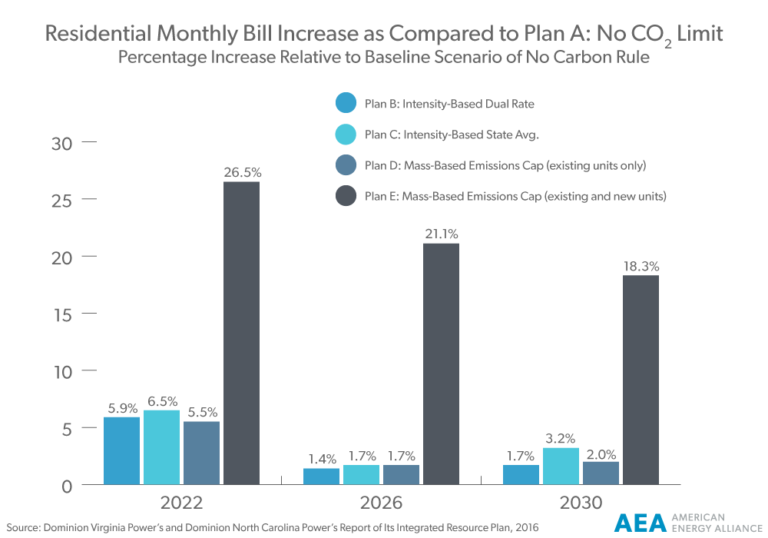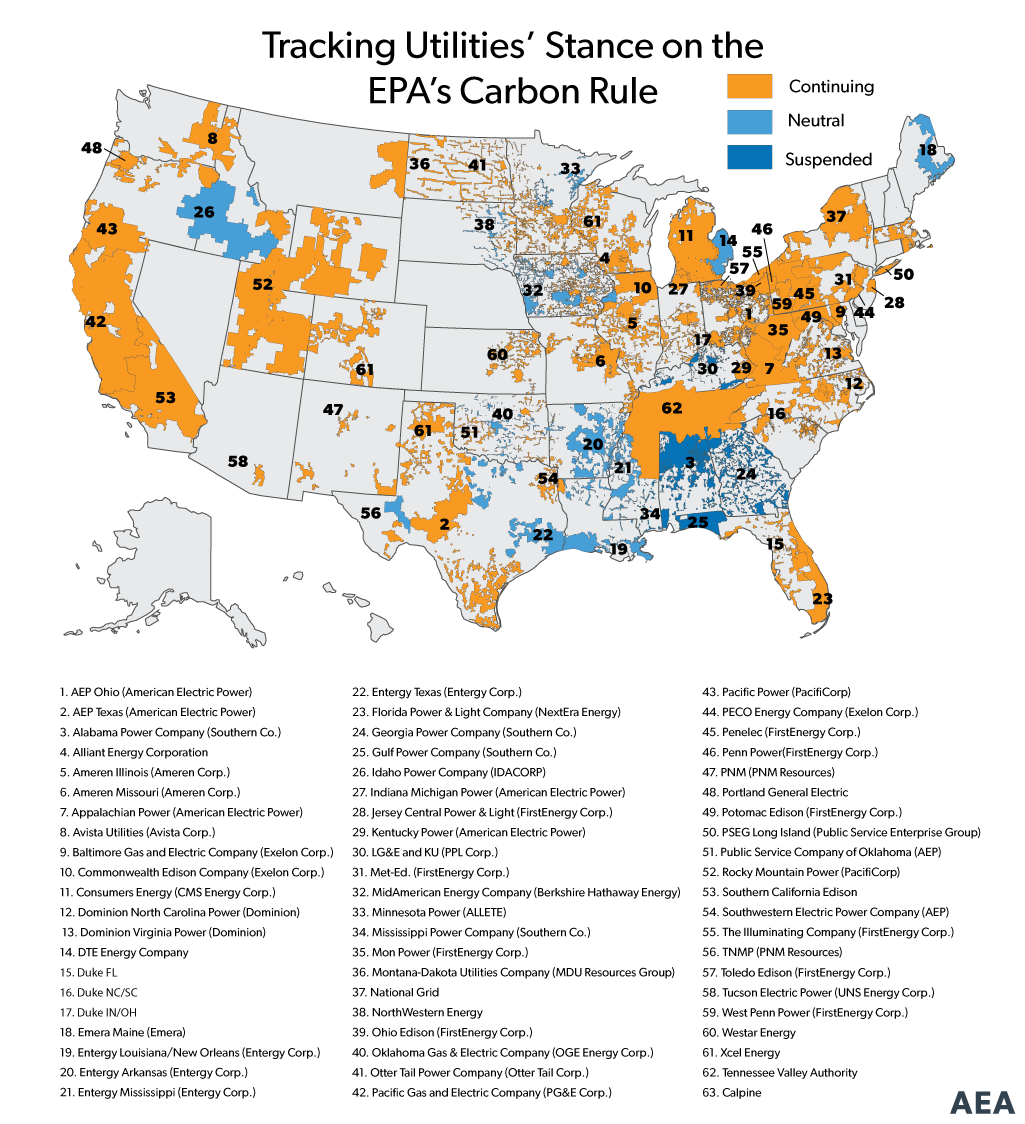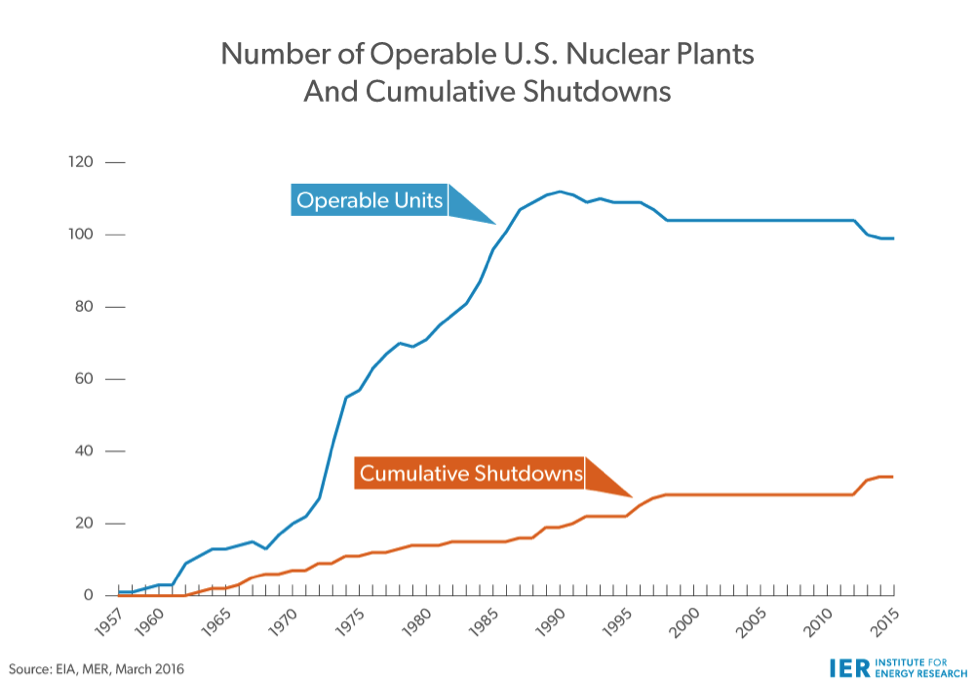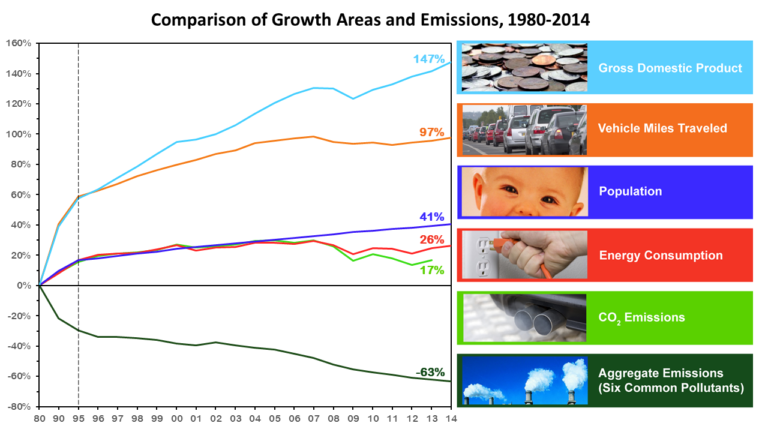Today a 25-member coalition of free-market groups led by the American Energy Alliance sent a letter to Senator Roy Blunt in support of his resolution opposing a carbon tax. Below is an excerpt from the letter:
We write today in support of your resolution expressing the sense of the Senate that a carbon tax would be detrimental to the United States economy.While our organizations represent a diversity of interests and viewpoints, we share the belief that a free market empowers American families to achieve economic success, greater prosperity, and a higher quality of life. Conversely, policies that inhibit or distort the marketplace – like a carbon tax – act as an economic anchor, reducing prosperity and lowering the standard of living that American families have worked hard to attain.A carbon tax will inflict economic punishment on our nation’s families and businesses by deliberately making the energy they rely on every day – electricity, gasoline, diesel, and natural gas – more expensive. And not only would consumers’ energy bills and prices at the pump be driven upward, but as the nonpartisan Congressional Budget Office (CBO) states, those higher fuel prices “would raise production costs and ultimately drive up prices for goods and services throughout the economy.”
Click here to read the full coalition letter.
Click here to read Senator Blunt’s press release on the resolution.
Click here to read AEA’s “Ten Reasons to Oppose a Carbon Tax.”





